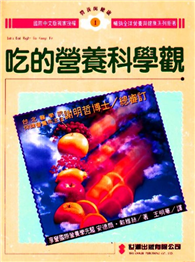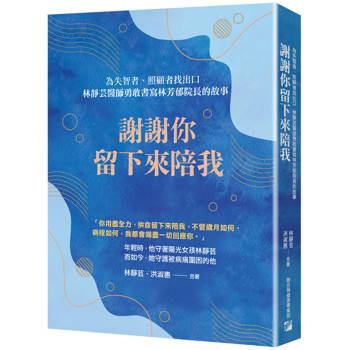Luchino Visconti’s The Leopard (Il Gattopardo, 1963) tells the story of an aristocratic Sicilian family adjusting to the realities of political and commercial modernity after the unification Italy during the Risorgimento.
The film, starring Claudia Cardinale, Burt Lancaster and Alain Delon, met with success upon its initial release, winning the Palme d’Or at Cannes and having a successful theatrical run in Europe. Despite this, however, it did not do well with English-speaking audiences, and eventually even fell out of favour with Italian audiences, who took issue with the way Risorgimento history was represented. David Weir’s study of the film seeks to understand the film’s paradoxical place in Italian film history. He argues that Visconti’s use of artifice, narrative and history, all aspects that came to be criticised, were in fact, essential to his cinematic art, and can all be understood as strengths of the film. Providing a scene-by-scene analysis of the film, as well as illuminating its relationship to the Lampedusa novel from which it was adapted, Weir suggests that Visconti’s film goes beyond mere adaptation, using the form of the novel for cinematic purposes and making The Leopard a cinematic novel in its own right. He goes on to situate the film within Visconti’s career, questioning whether the uneven reception of the film reflects the paradox of Visconti’s social status as a Marxist aristocrat and his position as an auteur director whose films borrowed heavily from the decadent tradition, while at the same time professing allegiance to the Italian Communist Party.| FindBook |
有 1 項符合
The Leopard (Il Gattopardo)的圖書 |
 |
The Leopard (Il Gattopardo) 作者:Weir 出版社:British Film Institute 出版日期:2024-04-04 語言:英文 規格:平裝 / 104頁 / 19 x 13.51 x 2.54 cm / 普通級/ 初版 |
| 圖書館借閱 |
| 國家圖書館 | 全國圖書書目資訊網 | 國立公共資訊圖書館 | 電子書服務平台 | MetaCat 跨館整合查詢 |
| 臺北市立圖書館 | 新北市立圖書館 | 基隆市公共圖書館 | 桃園市立圖書館 | 新竹縣公共圖書館 |
| 苗栗縣立圖書館 | 臺中市立圖書館 | 彰化縣公共圖書館 | 南投縣文化局 | 雲林縣公共圖書館 |
| 嘉義縣圖書館 | 臺南市立圖書館 | 高雄市立圖書館 | 屏東縣公共圖書館 | 宜蘭縣公共圖書館 |
| 花蓮縣文化局 | 臺東縣文化處 |
|
|
圖書介紹 - 資料來源:博客來 評分:
圖書名稱:The Leopard (Il Gattopardo)
內容簡介
作者簡介
David Weir is Emeritus Professor of Comparative Literature at the Cooper Union, New York, USA. He is the author of books including Decadence and Literature (edited with Jane Desmarais, 2019); Decadence: A Very Short Introduction, (2018), and "Ulysses" Explained: How Homer, Dante, and Shakespeare Inform Joyce’s Modernist Vision (2015), as well as a study of Trouble in Paradise (2021), also in the BFI Film Classics series.
|










